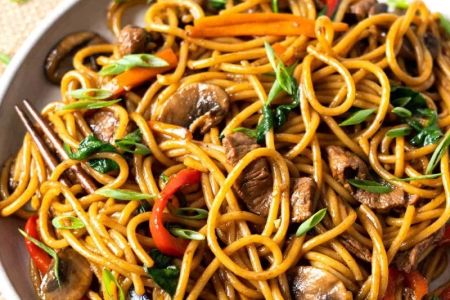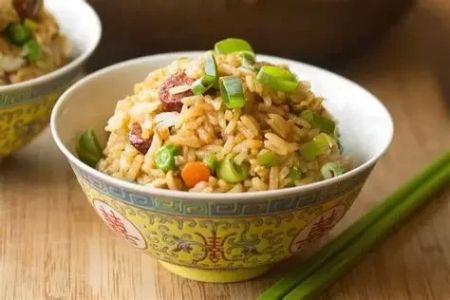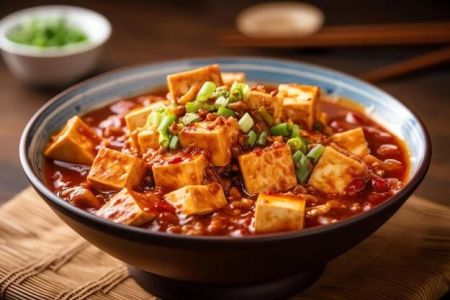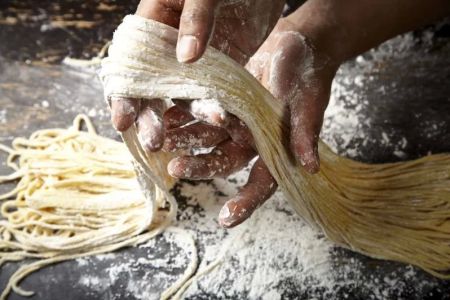- rice-wine-as-a-culinary-foundation
- flavor-enhancement-in-chinese-recipes
- tenderizing-meats-with-rice-wine
- traditional-dishes-that-depend-on-rice-wine
- modern-uses-and-common-misconceptions
- finding-authentic-rice-wine-products
1. Rice Wine as a Culinary Foundation
Rice wine isn’t just a cooking ingredient—it’s an identity in Chinese cuisine. With origins dating back over 2,000 years, it plays a foundational role in traditional recipes, rituals, and regional techniques. Whether you're simmering soy-braised pork or stir-frying vegetables, rice wine subtly enhances the depth and aroma of a dish. It’s comparable to how red wine is revered in French cooking—essential, respected, and never an afterthought.
2. Flavor Enhancement in Chinese Recipes
When added to a dish, rice wine amplifies umami and balances strong or gamey flavors, especially in poultry, seafood, and organ meats. Its fermented aroma and slight sweetness enrich sauces, broths, and marinades. For example, in the classic dish Three Cup Chicken (San Bei Ji), Shaoxing rice wine is one of the “three cups,” alongside soy sauce and sesame oil. Without it, the dish lacks its signature roundness and fragrance.
2.1 The Science Behind the Scent
Rice wine contains volatile compounds that break down food molecules, releasing locked-in aromas. The result is a fuller-tasting dish with more complex notes. For home cooks, this means you can create restaurant-quality flavors without adding artificial flavoring or excessive sodium.
3. Tenderizing Meats with Rice Wine
One of the lesser-known but powerful uses of rice wine in Chinese cooking is its ability to tenderize meats. Marinating meats in rice wine helps break down proteins, making them softer and juicier after cooking. This is particularly effective for tougher cuts like pork shoulder, duck, or even beef brisket in slow-cooked dishes.
3.1 A Trick Passed Down Generations
In Cantonese kitchens, grandmothers often use a splash of rice wine when stir-frying sliced chicken breast. Not only does it lift the natural flavor of the meat, but it also keeps it from drying out. This practice is not just culinary—it’s cultural, taught by doing, not by reading.
4. Traditional Dishes That Depend on Rice Wine
Many iconic Chinese dishes simply wouldn’t be the same without rice wine. Braised pork belly (hong shao rou), drunken chicken, and soy sauce prawns all rely heavily on it. In Shanghai-style cooking, rice wine adds that delicate sweetness that balances soy and vinegar. Even in soups like Winter Melon with Meatballs, a touch of rice wine removes any “meaty” odor and enhances the broth’s clarity.
4.1 The “Drunken” Technique
Dishes labeled “drunken,” like drunken shrimp or drunken crab, are marinated in rice wine to infuse fragrance and preserve texture. The wine acts almost like a brine—cleaning, flavoring, and lightly fermenting at once. These dishes, often served cold, highlight the ingredient’s powerful but gentle properties.
5. Modern Uses and Common Misconceptions
Today’s home cooks might hesitate to use rice wine because they confuse it with rice vinegar or because they’re unsure if alcohol content affects family meals. But cooking rice wine is safe for all ages when properly used—the alcohol cooks off, leaving just flavor behind.
5.1 Don’t Substitute Carelessly
While it might be tempting to swap in dry sherry or mirin, the flavor profile isn’t quite the same. True Chinese rice wine has a balanced complexity that lighter substitutes lack. If you're serious about authenticity, use Shaoxing wine or a similar fermented Chinese variety—and for the best outcome, choose trusted sources like Chinese Food to ensure quality and tradition are honored.
6. Finding Authentic Rice Wine Products
Not all rice wines are created equal. Look for ones that list fermented rice and water as the main ingredients, without added sugars or preservatives. Brands from Shaoxing or Fujian are typically more traditional. For beginners, we recommend starting with a versatile, lightly sweet cooking wine—perfect for stir-fries, soups, and braised dishes alike. You can find well-sourced options at Chinese Food, where curated selections ensure you're getting the real deal.







